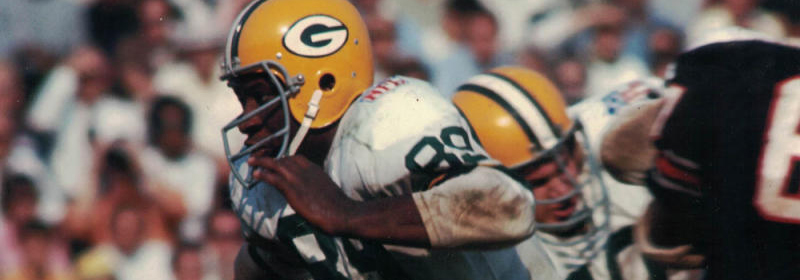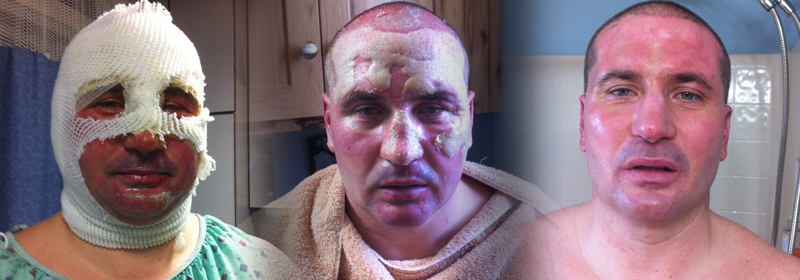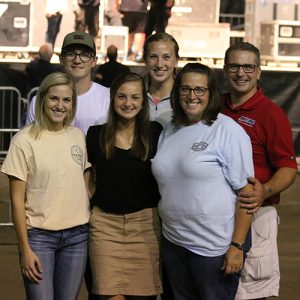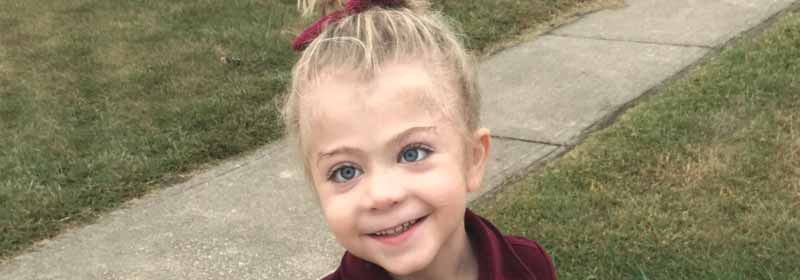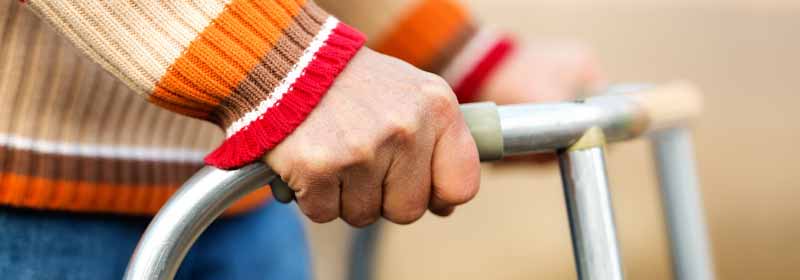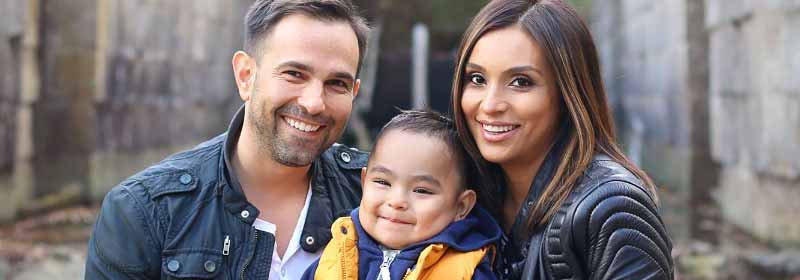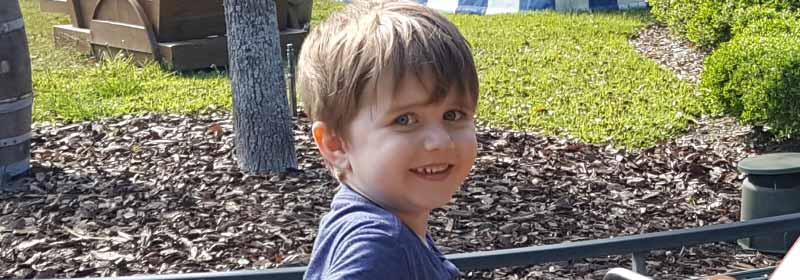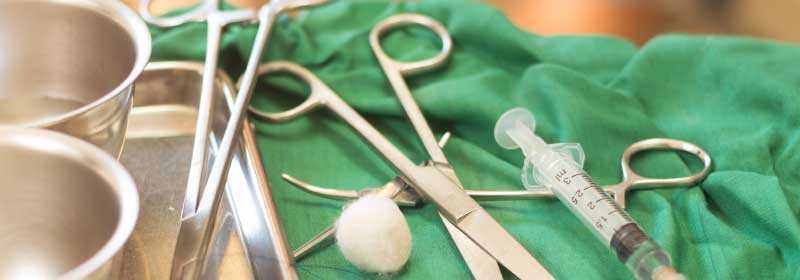Whenever There is Help, There is Hope
Autism Spectrum Disorder (ASD) is a lifelong neurodevelopmental condition. Each individual with autism has unique strengths and challenges, which can include difficulty with social interaction, repetitive behaviors, speech and nonverbal communication. Autism is known as a “spectrum” disorder because there is wide variation in the type and severity of symptoms people that experience. Autism can manifest itself in a number of ways, so it can be tricky to diagnosis. It’s very difficult to draw narrow boundaries around the condition and say, “This is what an autistic child looks like.” This much we do know; Autism is a neurological condition that impacts at least 1.5 million kids (and growing) in this country alone.
The number of children in the United States diagnosed with Autism Spectrum Disorder (ASD) has increased dramatically in recent years. In 2020, the CDC reported that numbers had risen from 1 in 150 in 2000, to 1 in 88 in 2008, to 1 in 54 according to the latest 2016 data. Boys are four times more likely to be diagnosed with autism as girls. Most professionals who specialize in diagnosing the disorder won’t attempt to make a definite diagnosis until 18 months even if a child is exhibiting many symptoms of the condition. This is because symptoms of autism can continue to emerge, or fade away, until around 24 months when they say that an autism diagnosis tends to become “stable.”
Joseph was one such child. At a very young age, Joseph’s family noticed things about him that set him apart from other children his age. He made very little eye contact. He did not bond or play with others. He seemed to be in his own little world. He did not meet his milestones, such as crawling, walking and talking as he should. They always felt in their hearts that there was something a little unique about Joseph and the way he did things.
Joseph was tested for autism when he was three years old. He was diagnosed with autism and ADHD. Needless to say, the diagnosis did not come as a surprise to his family. Thankfully, they viewed the diagnosis as a blessing, not a curse or a sentence as they now knew what they were dealing with. Studies show that early intervention affords the best opportunity to support healthy development and deliver benefits to individuals with autism. Joseph’s family was able to enroll him in speech, physical and occupational therapy in hopes of providing him with the best possible interventions to support his development.
For Joseph, it was difficult controlling his emotions and body. It was hard for him to focus and he was very sensitive to his surroundings. Large crowds and loud noises tended to increase his anxiety. Joseph struggled socially as well, not wanting to make eye contact or engage in conversation. Joseph took medication to help with these issues. When Joseph is focused and calm, it is much easier for him to play with peers and converse with others. While the medication helped, his family longed to see even more improvements.
Unfortunately, traditional medicines have often failed at producing desired results for many individuals with autism and their families. Because of this, more and more parents have turned to alternative forms of treatment, not to cure, but to counteract the underlying symptoms of autism. Studies have demonstrated hyperbaric oxygen therapy (HBOT) as one such emerging treatment that parents and physicians are utilizing to help ameliorate the effects of ASD. In their search for possible treatment options for Joseph, his family discovered HBOT and Sara’s Garden.
So, what is HBOT and why does it help alleviate symptoms in children with ASD? The exact reasons it helps children with ASD are still being researched, however, there are some clear correlations one can observe in the current research. By saturating the circulatory system with oxygen, resulting in an increase in oxygen to tissues, HBOT removes toxins, such as heavy metals from the body. It reduces inflammation allowing oxygen-deprived areas to have a return of blood flow. It builds new capillaries in the brain and stimulates stem cell growth and mobilization.
Joseph’s family noticed so many great benefits in Joseph. They even noticed some things they didn’t know they would see! He was able to be taken off some of his ADHD medicines… and has been able to stay off them! His focus on his school work is so much better since coming to Sara’s Garden. Joseph used to be a constant sleep walker. His family is thrilled to find that is no longer a problem. He is a wonderful sleeper and also now has a great appetite as well. Previously, Joseph was very secluded, shy and quiet. He had a hard time making eye contact and handling proper social queues. His family was thrilled to see Joseph smiling and talking more, wanting to be more social and expressing interest in others. To them, he is now just happier and calmer when he is around other people.
Whenever there is help, there is hope. Joseph’s family is so thankful to have found that hope for Joseph at Sara’s Garden and are pleased that the treatments have helped him the way they have! They are so grateful that the caring staff at Sara’s Garden has really gotten to know Joseph and made their time here feel like a home away from home!
No matter what you’ve been told, there is hope… for this and many other conditions. HBOT is treatment without drugs… without surgery… without pain.



